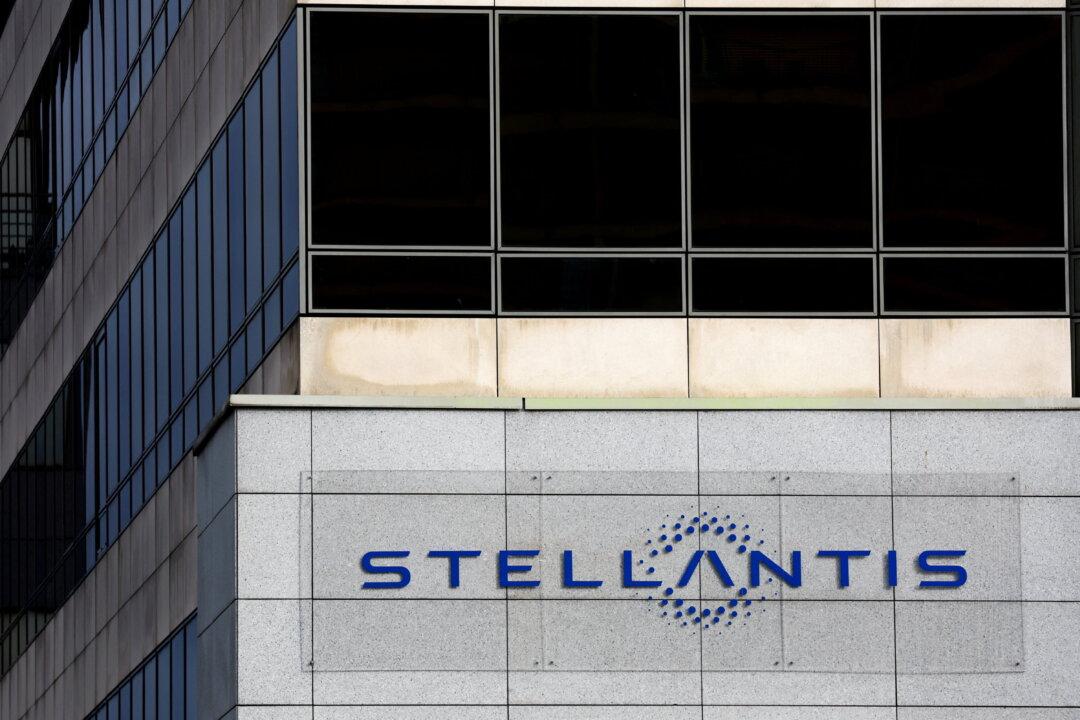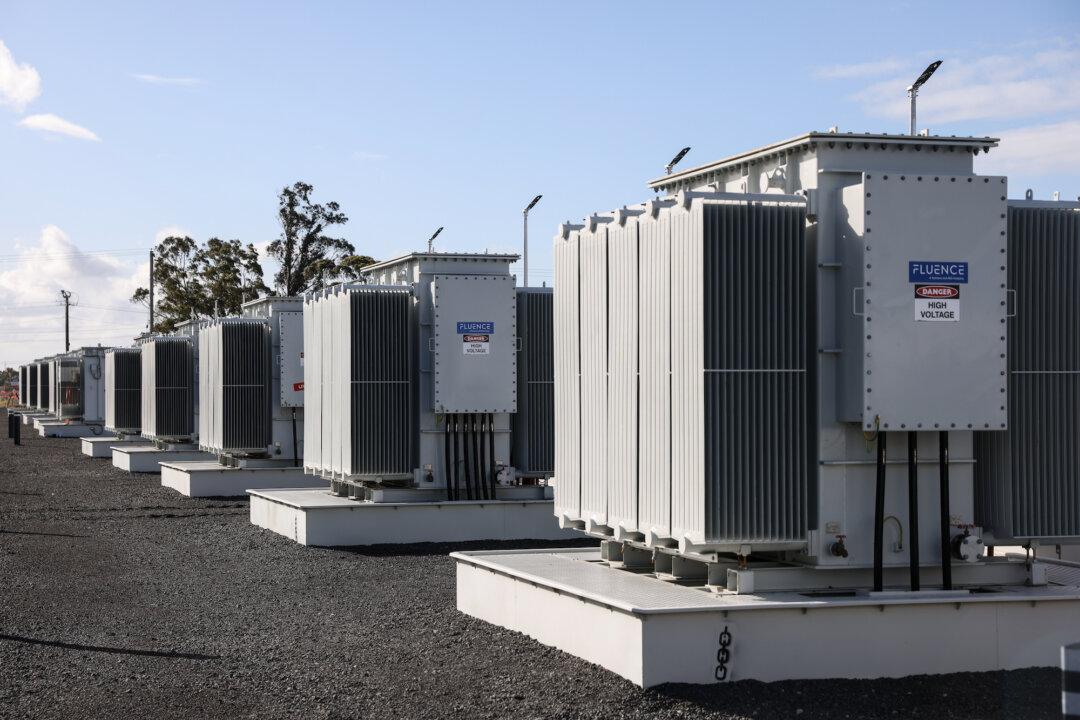One of the world’s leading automakers, Stellantis, has announced a binding $30 million offtake agreement with the Western Australian manganese manufacturer, Element 25, on Jan. 9, 2023.
The agreement secures for the company 45 kilotons (around four Eiffel Towers) of battery grade, high purity, manganese sulphate monohydrate (HPMSM) from Element 25 to Stellantis over five years, for the production of its electric vehicle batteries, with shipments to commence in 2026 and includes options to extend the supply terms and volumes.




